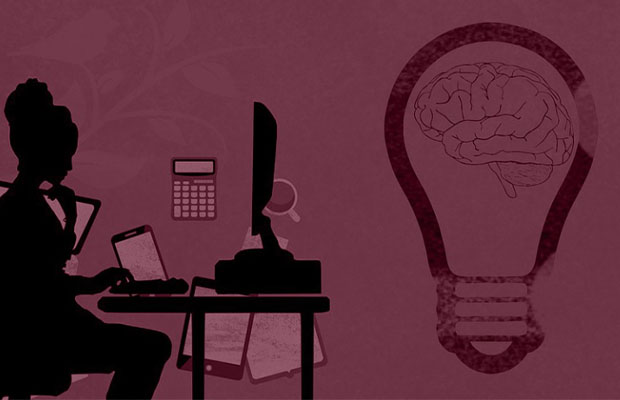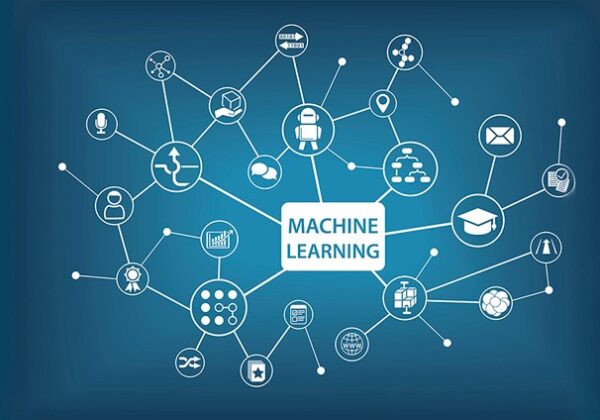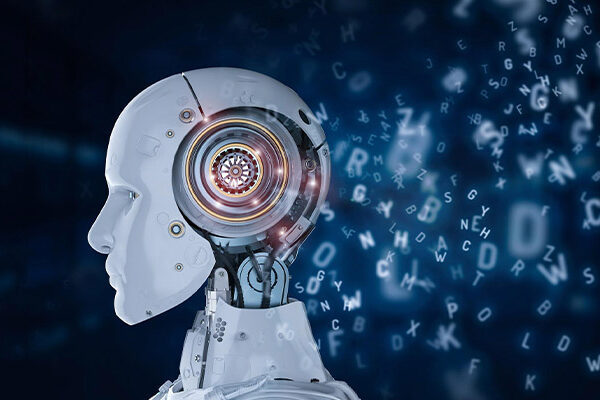One of the top trending topics is machine learning and the Internet of Things. The Internet of Things produces enormous amounts of data from millions of devices. Data fuels machine learning, which derives knowledge from it.
IoT requires machine learning. Analyzing enormous amounts of data with complex algorithms can aid in the decipherment of the hidden patterns in IoT data. In critical processes, machine learning inference can augment or completely replace manual processes with automated systems that use statistically derived actions.
IoT and machine learning will be sufficiently covered in this blog post, so let’s get started!
Table of Contents
What is IoT And How Will IoT Develop?
The “Internet of Things” (IoT) is a technical term for a sensor-equipped electronic object that uses an internet connection to transmit data and receive commands. To put it simply, there are billions of physical objects (with sensors) connected to the internet worldwide. IoT has a wide range of applications across all industries, empowering and enhancing human life on this planet.
Take a smartphone as an example. While you are engaged in other activities (driving), you are listening to music through earphones connected to the smartphone. Enter the Internet of Things, which is powered by AI. Think of IoT sensors in earbuds that could monitor your heart rate and use artificial intelligence (AI) to predict your emotions. Your smartphone might choose the best song among those that are stored worldwide based on that emotion. There are many millions of songs in the world, so your smartphone doesn’t need to have a ton of storage or a powerful computer to use an AI model for emotion recognition. All that is required is that it be connected to the internet.
Business Insider predicts that by 2027, there will be more than 41 billion IoT devices, up from about 8 billion in 2019. 400 top executives from around the world participated in this survey, which was created. They include Alibaba, Alphabet, Amazon, Apple, VMWare, Verizon, and many more. According to the report, the Internet of Things (IoT) market will reach $2.4 trillion annually by 2027 as all devices that are currently offline are able to connect to the internet.
IoT combined with the most cutting-edge AI technology may enable the IoT system to become smarter and more easily mimic human activity.
Market Size Of Machine Learning And IoT
Machine learning is expected to have a market worth 21 billion dollars by 2022, up from 15.66 billion dollars in 2021. Fortune Business Insights projects that the market for machine learning will increase significantly, reaching 209 billion USD with a CAGR of 38.8%.
The enterprise IoT market size has increased to 157.9 billion USD with a CAGR of 22.4%, according to IoT Analytics, and is projected to increase to 525 billion USD by 2027. The IoT market in North America is expanding at a rapid rate.

Is Machine Learning Vital for IoT?
Machine learning is necessary for IoT, and that is true. An IoT system fails whenever it makes people dependent on it. Supporting machine learning is therefore essential to avoiding mistakes and streamlining the process.
Benefits Of Machine Learning For IoT
Cumulocity IoT, a low-code, self-service IoT platform from Software AG, heavily relies on machine learning. The platform comes equipped with all the tools you need to get results quickly: device connectivity and management, application enablement and integration, as well as streaming analytics, machine learning, and machine learning model deployment. The platform can be used at the edge, on-premises, or in the cloud. Standalone, edge-only solutions are additionally supported by Cumulocity IoT, which is unique.
Simplify machine learning model training
You can quickly and easily create new machine learning models with Cumulocity IoT Machine Learning. If you have operational device data captured on the Cumulocity IoT platform or historical data stored in big data archives, AutoML support enables you to have the best machine learning model selected for you based on your data.
Flexibility to use your data science library of choice
Data science libraries come in a huge variety (e.g., For creating machine learning models, use Tensorflow®, Keras®, and Scikit-learn®. Models can be created using the data science frameworks of your choice using Cumulocity IoT Machine Learning. These models can be scored within Cumulocity IoT by converting them into industry-standard formats using free and open-source software.
Rapid model deployment to operationalize machine learning quickly
Model deployment into production environments is possible everywhere needed in one click, whether in the cloud or at the edge, whether created within Cumulocity IoT Machine Learning itself or imported from other data science frameworks. If underlying patterns change, operationalized models can be easily monitored and updated. To speed up adoption, pretrained and verified models are additionally available for immediate model deployment.
Prebuilt connectors for operational & historical datastores
For model training, Cumulocity IoT Machine Learning offers simple access to data stored in operational and historical data stores. This data can be periodically retrieved and sent through an automated pipeline to be transformed and used to train a machine learning model. Utilizing pre-built Cumulocity IoT DataHub connectors, data can be retrieved from local data storage as well as hosting services like Amazon S3 or Microsoft Azure Data Lake Storage.
Integration with Cumulocity IoT Streaming Analytics
Within Cumulocity IoT Streaming Analytics, Cumulocity IoT Machine Learning enables high-performance scoring of real-time IoT data. In its visual analytics builder, Cumulocity IoT Streaming Analytics offers a “Machine Learning” building block that enables users to use a specific machine learning model to score real-time data. This offers a no-code environment for integrating machine learning models with workflows for streaming analytics.
Notebook integration
A de facto standard in data science, Jupyter Notebook offers an interactive environment for all major programming languages. They can be applied to train, deploy, and validate machine learning models as well as prepare and process data. Cumulocity IoT Machine Learning is integrated with this open-source web application.
Uses Of Machine Learning And IoT
IoT and machine learning are used today across a range of industries, including manufacturing, agriculture, healthcare, etc. Check out the list of machine learning with IoT use cases broken down by industry in the section below.
Machine Learning And IoT In Healthcare
Technologies that support healthcare facilities, internal diagnostics laboratories, and disease prediction tools built with IoT and machine learning have begun to be used in the healthcare sectors. The Internet of Things (IoT) offers a variety of medical devices, including wearables and patient monitoring tools that give patients and doctors advance notice. Contrarily, machine learning provides the technology to extract integrated data from medical records using the Internet of Things.
IoT And Machine Learning In Agriculture
Agriculture is the most fundamental human activity, according to most people. In order to meet rising global demand, a report states that global food production must rise overall by 70% by 2050. Given that there are currently 70 million connected devices and that number is expected to grow significantly in the upcoming years, the agriculture sector anticipates a rapid adoption of machine learning and IoT.
The interaction between the farmer and the agricultural process in the modern agricultural era is all done with the aid of data produced from the combination of machine learning and IoT.
Machine Learning With IoT In Manufacturing Industry
Enterprise resource management, maintenance, and automated industrial processes have benefited greatly from IoT and machine learning in the manufacturing sector.
The Bottom Line
It’s difficult to ignore how quickly the Internet of Things (IoT) market has expanded in recent years. Businesses can grow to the fullest extent possible thanks to IoT and machine learning, which are also enhancing their scalability and enhancing their ability to be more productive. Business is changing due to machine learning and the Internet of Things. Businesses are changing due to machine learning.
Therefore, it is appropriate to use both technologies in your company and select the best firm to implement AI & ML services along with the Internet of Things in your business.
Read Next: Feature Store In Machine Learning




